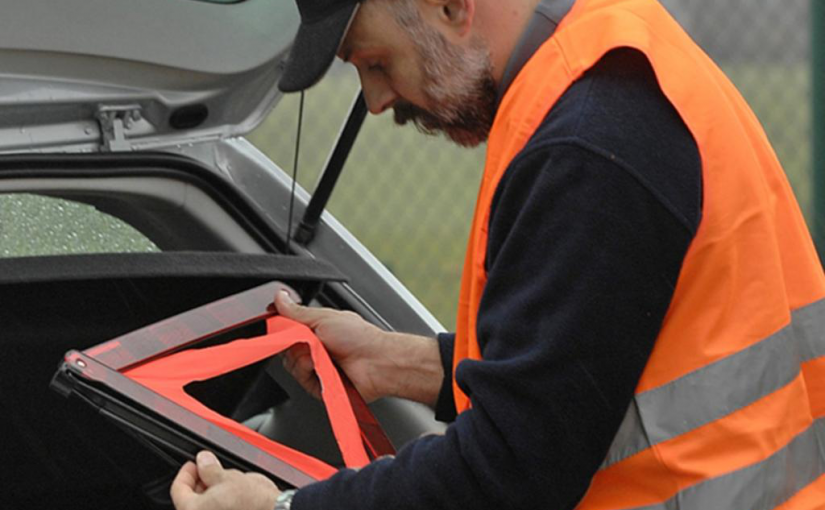The ADAC Foundation is strongly committed to greater safety and visibility on the road and calls in the context of the “security action” to already actively practice the way to school with the children.
With the enrollment soon begins for many first graders a new and exciting period of life. Part of this is to master the way to school with all its challenges and to cope with different traffic situations.
The ADAC Foundation has put together ten tips that parents can use to help their children become self-employed on their way to school.
Practice the way to school several times before enrolling.
Explain why attentive behavior on the road so important is.
Point your child to danger spots.
Explain the dangers of increased collection and delivery around the school.
Train how and where to cross the road properly.
Explain why it is better to use pedestrian crossings and traffic lights use.
If possible, form small groups around the way to school
to master together with other children.
Allow enough time for the way to school.
Let your child wear bright clothes.
Through a safety vest with reflective tape or other reflective clothing
Children are even earlier and better for other road users visible.
Roadshow on safety action – Have fun and knowledge for children and adults
The successful roadshow on the topics of safety and visibility will once again be on the road to children’s and street festivals throughout Germany this year. At five hands-on stations, the children can learn a lot about road safety and give free rein to their creativity in designing a safety vest. Adults can also test their knowledge about safety and visibility.


